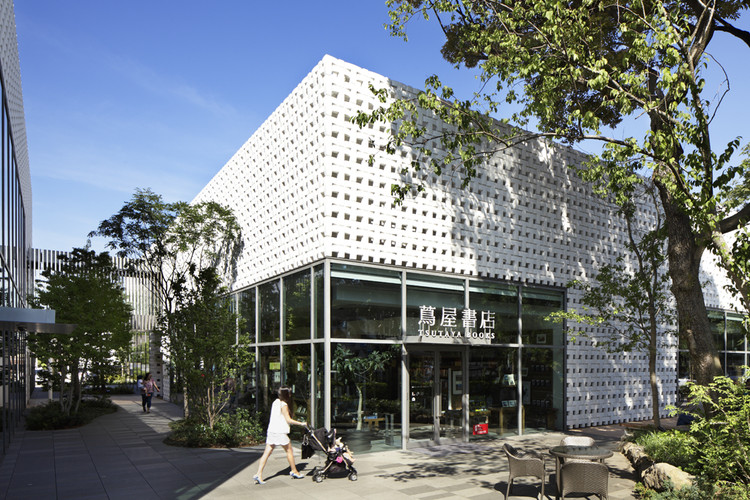
-
Architects: Klein Dytham architecture
- Year: 2012
-
Photographs:Nacasa & Partners
Text description provided by the architects. Drawing on all KDa’s design skills – architecture, interior, furniture and product display – the project’s ambition is to define a new vision for the future of retailing. Tailored particularly to over-50 “premier age” customers, Tsutaya’s normal product range is complimented by a series of boutique spaces carrying carefully curated merchandise. This selection of goods is intended not to be exhaustive but stimulating – sections include art, architecture, cooking, cars, design, history, and literature. Each section is run by a concierge – like their intended customers they are all over 50, and both have expert knowledge of their subject area and can provide other services (in the stores travel section you can book a holiday!) The project also merges the worlds of new and old media. Movies, for example, can be bought, rented, or downloaded, and while iPads are on hand throughout the store as guides to the stock on offer, that stock also includes Tokyo’s largest selection of pens.
































